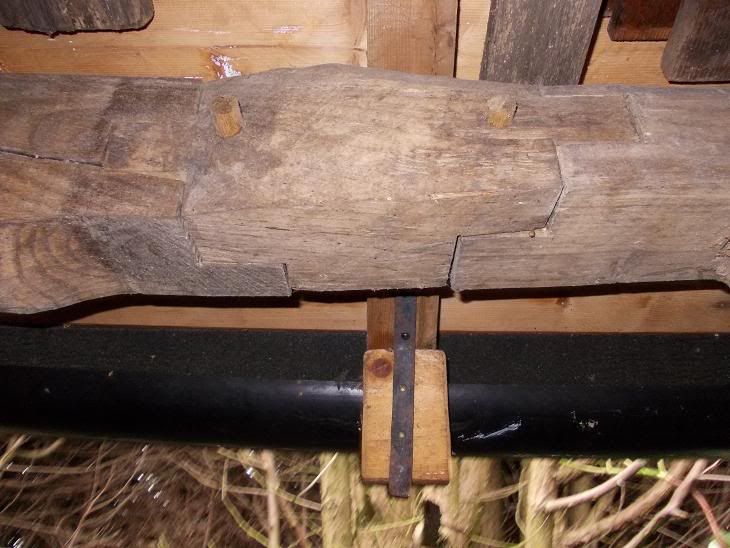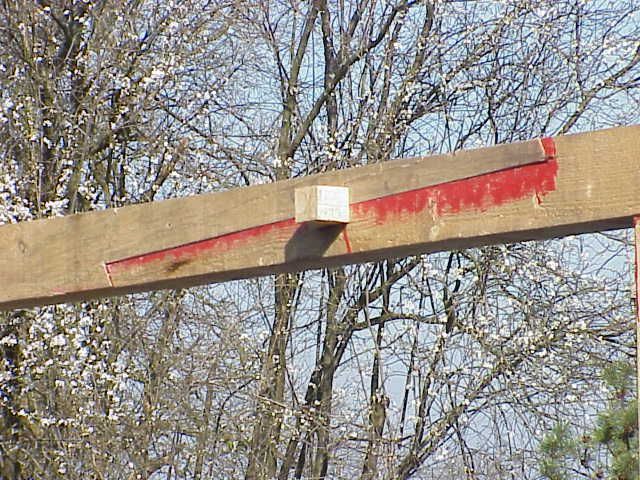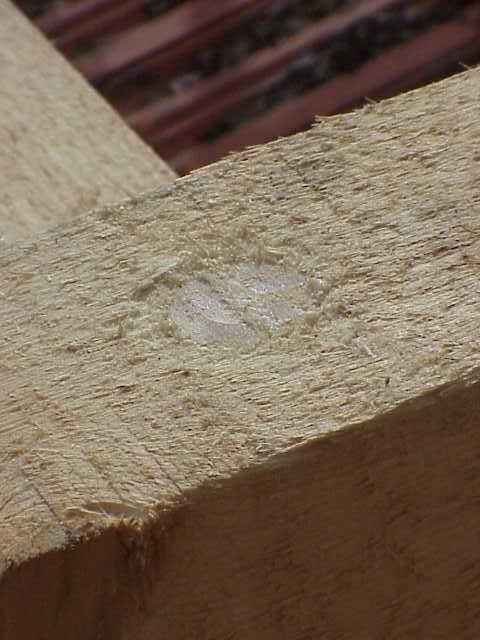As part of an external woodwork project, I need to lengthen a number of 150 x 50 beams ... ( final length >11m)
I don't want to use gang plates as they look .. well awful.
The practical way would seem to be a fairly simple half-Lap scarf joint ... couple of Q's on this .... is there an optimum length of overlap on scarf joints ? ... I have previously gone for length of overlap matching depth of timber ... so in my case it would be 150mm ........ giving reasonably large glue area (separate Q on Glue)
I found one source on line that says scarf should be 4 x the depth of timber ... ? that would make scarf joint 600mm long ... way too much it seems to me.
I could simply use a couple of M12 x 75mm coach bolts through the overlap ... along with glue should do the job ...
I don't want to use gang plates as they look .. well awful.
The practical way would seem to be a fairly simple half-Lap scarf joint ... couple of Q's on this .... is there an optimum length of overlap on scarf joints ? ... I have previously gone for length of overlap matching depth of timber ... so in my case it would be 150mm ........ giving reasonably large glue area (separate Q on Glue)
I found one source on line that says scarf should be 4 x the depth of timber ... ? that would make scarf joint 600mm long ... way too much it seems to me.
I could simply use a couple of M12 x 75mm coach bolts through the overlap ... along with glue should do the job ...




































